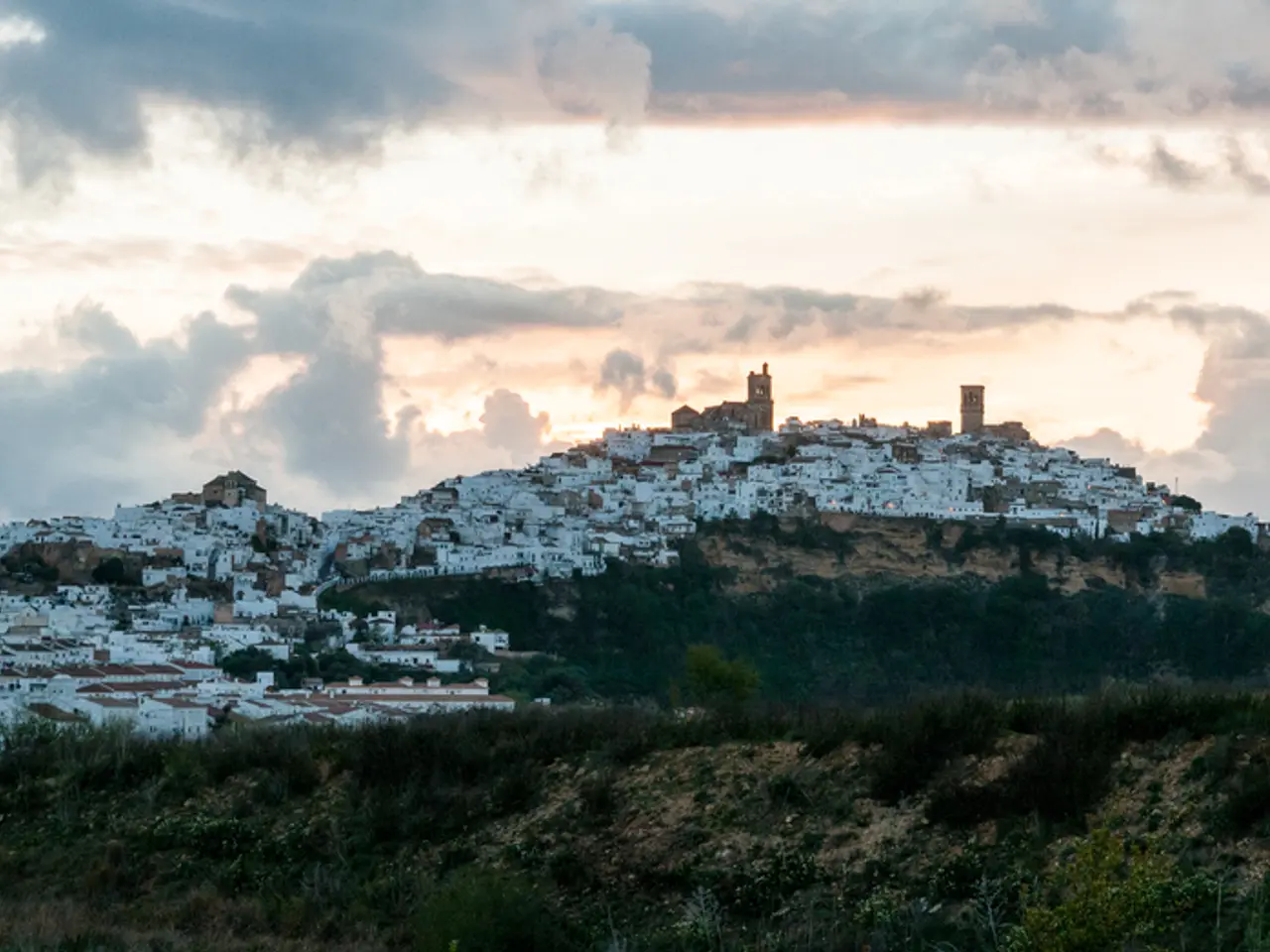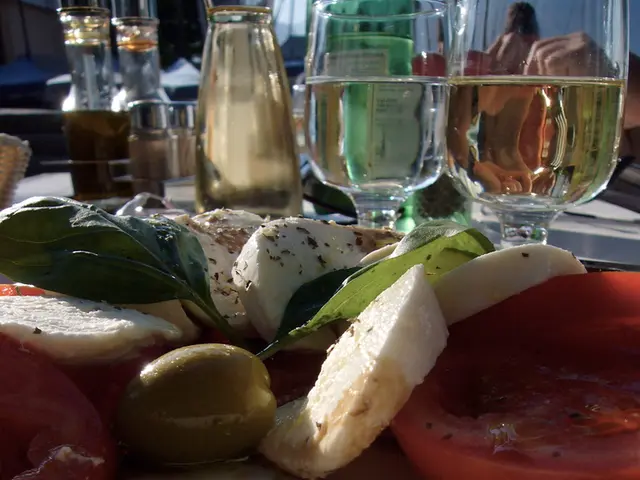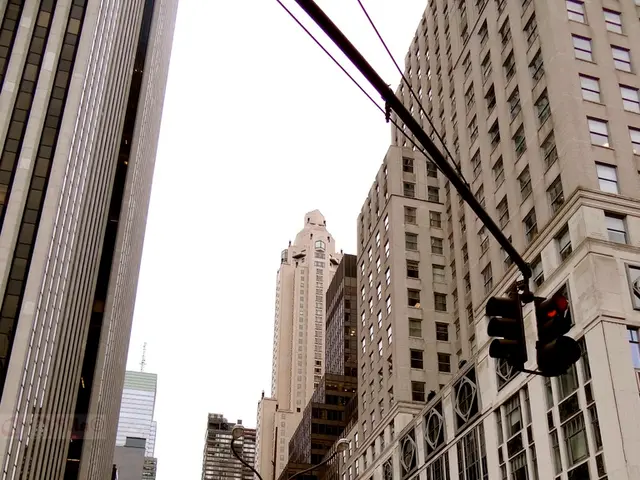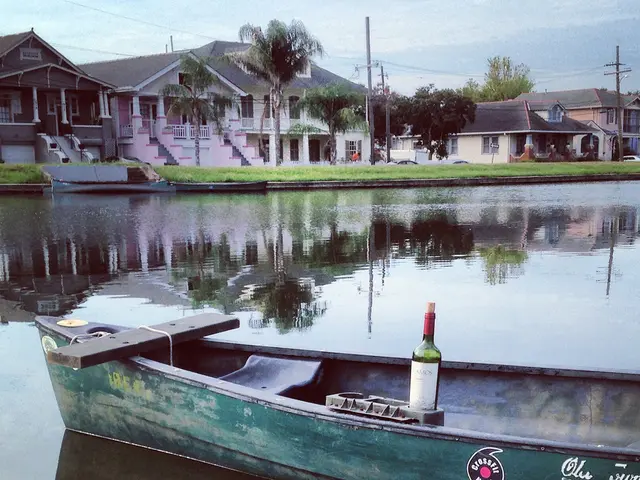Town Profile: Hien Nguyen
Ho Chi Minh City (HCMC), formerly known as Saigon, is a captivating cultural and architectural hub in Asia, renowned for its unique blend of colonial, traditional Vietnamese, and modern elements. This blend not only reflects the city's historical evolution but also its adaptability and community spirit.
## Cultural Significance
The city's rich history is evident in its numerous colonial-era buildings, such as the Ho Chi Minh City People's Committee Building and the Saigon Central Post Office, which showcase French colonial architecture. Sites like Tan Dinh Church and Ben Thanh Market reflect the blending of customs and traditions. As the city modernises, it maintains its cultural roots, incorporating Vietnamese heritage into contemporary designs.
## Architectural Significance
HCMC is dotted with historic landmarks like the Reunification Palace and the War Remnants Museum, which are not only significant architecturally but also culturally and historically. The city's architecture is a testament to its cultural diversity, with buildings showcasing French colonial, traditional Vietnamese, and modern styles. The Ho Chi Minh City Museum, for example, combines Renaissance and Asian architectural elements, highlighting the city's unique cultural fusion.
## Adaptability and Community Spirit
The city's architecture and cultural practices demonstrate a remarkable ability to adapt to changing times. This adaptability is evident in the way traditional spaces are integrated into modern urban planning, fostering a sense of community and cultural continuity. HCMC's vibrant community spirit is reflected in its bustling markets, temples, and cultural events, serving as hubs for social interaction and cultural exchange.
The urban fabric of HCMC is characterized by its permeability. Shops and houses open directly onto vibrant thoroughfares, fostering a unique sense of community. Narrow alleyways, known as 'hém', weave through the city, creating an intricate network that connects the city and serves as vibrant social spaces. Small businesses, homes, and communal gathering areas can be found in these alleyways.
One of the city's architectural gems is the Museum of Fine Arts, characterized by its French Indochinese architectural style, with intricate detailing, ornate balconies, and an elegant facade. The museum houses collections of Vietnamese art works in various mediums, including sculpture, oil, silk painting, and lacquer painting. Its captivating interiors, spacious galleries, high ceilings, and gracefully arched windows invite natural daylight to dance upon the art collections within.
HCMC's architecture and urban landscape, with its blend of old and new, reflects the city's resilience and ability to embrace change. This is evident in the way buildings are often transformed, repurposed, and reinvented to accommodate changing functions and lifestyles. The fusion of colonial influences, traditional Vietnamese aesthetics, and contemporary design is a defining characteristic of HCMC's architecture.
Overall, Ho Chi Minh City stands out in Asia for its remarkable cultural and architectural heritage, which is deeply rooted in its history, its ability to adapt, and its strong sense of community. This blend of past and present, tradition and modernity, makes HCMC a captivating cultural and architectural hub in the region.
- The city's vibrant fashion-and-beauty scene mirrors its rich history, blending traditional Vietnamese customs with contemporary styles.
- The food-and-drink industry in HCMC offers a unique fusion of international and local cuisines, representing the city's adaptability and openness to new experiences.
- For those seeking personal-growth opportunities, HCMC offers a variety of educational and self-development workshops, promoting lifelong learning and cultural exchange.
- In HCMC, home-and-garden ideas often reflect the city's communal spirit, with green spaces and community gardens becoming integral parts of urban living.
- As a global travel destination, HCMC offers a diverse range of accommodations, from modern hotels to traditional homestays, providing visitors with an immersive cultural experience.




